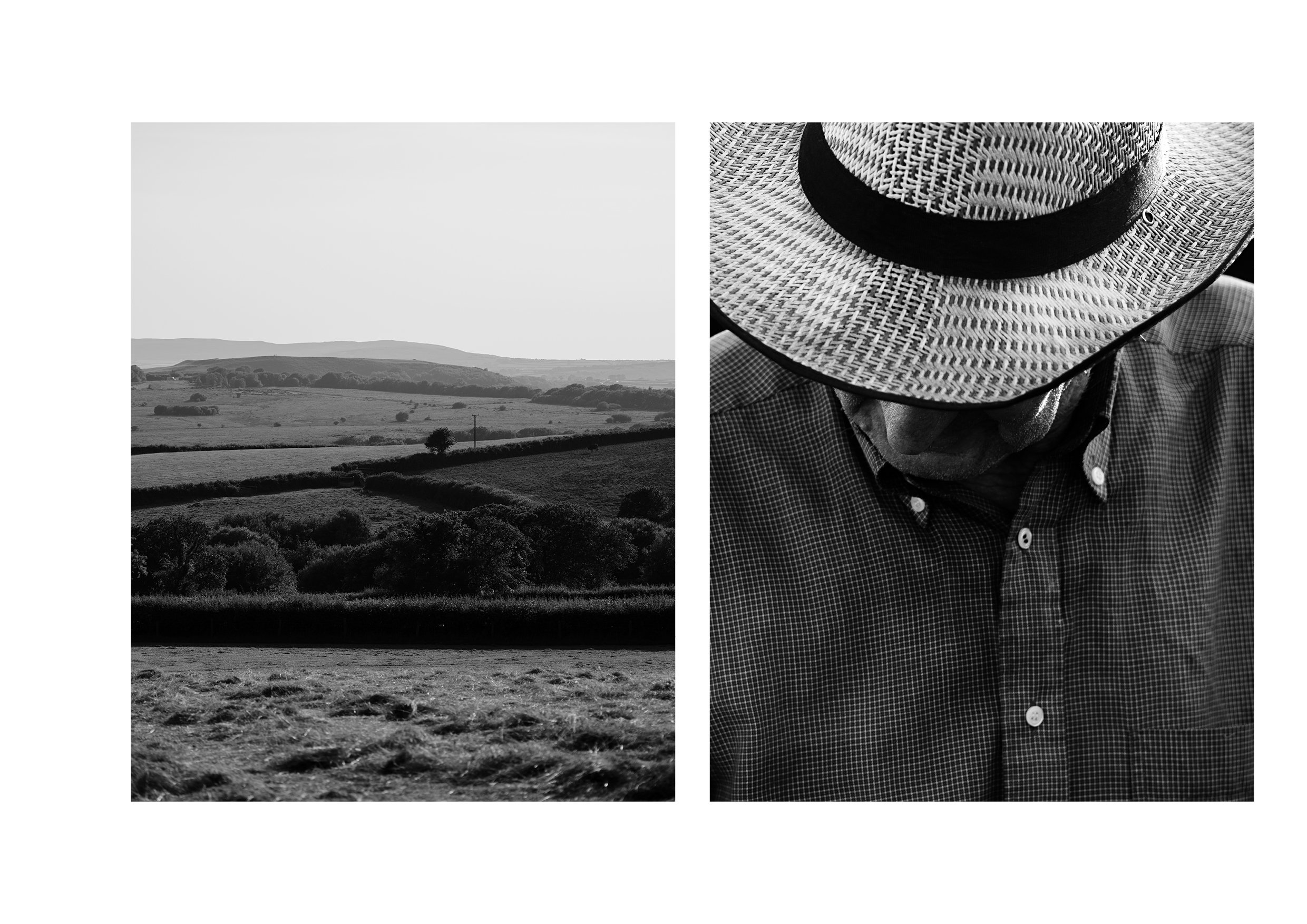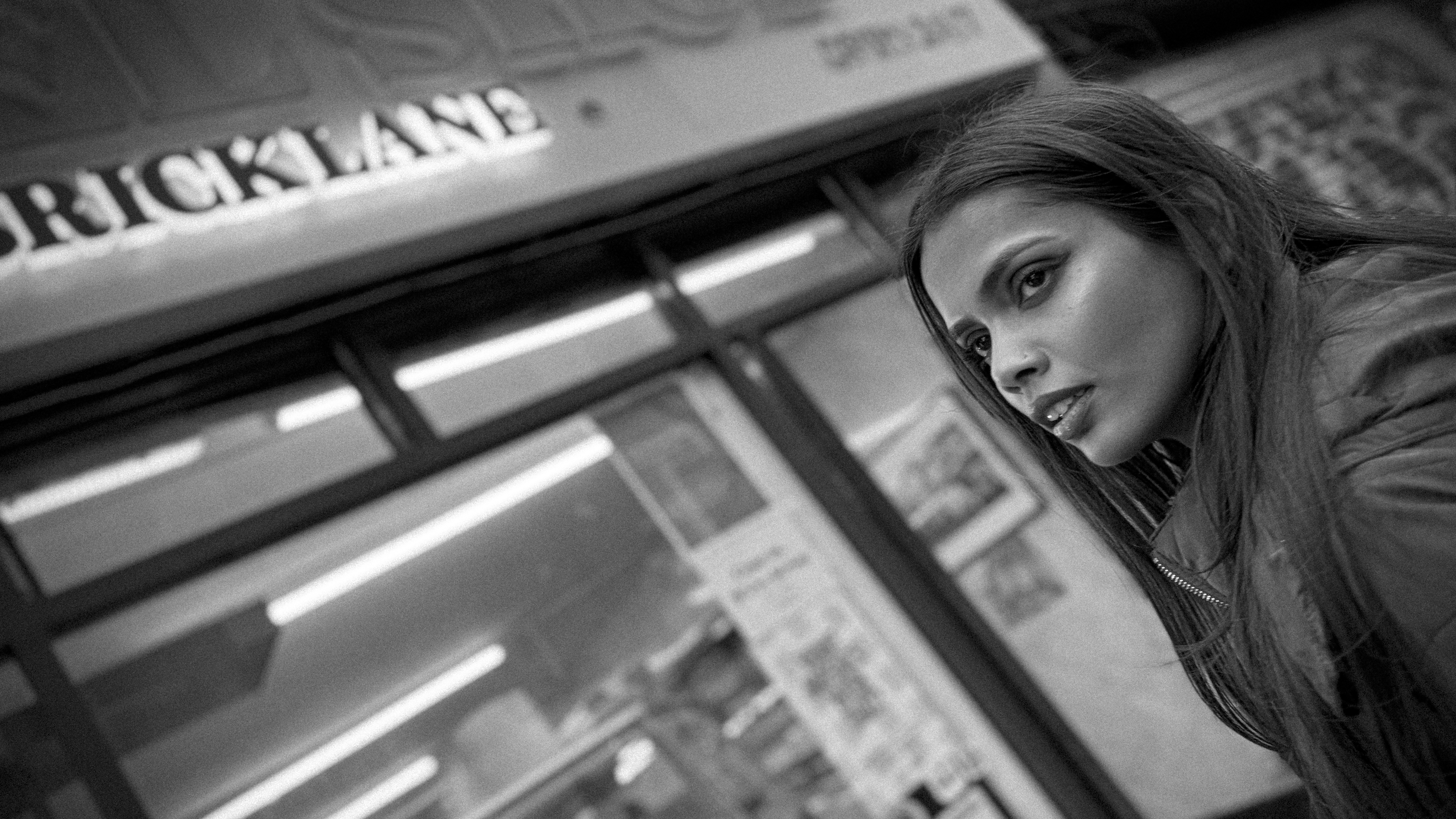Has the film photography resurgence finally run its course?
12 months ago, film seemed like it was back for good. Has it now disappeared as quickly as it came back?
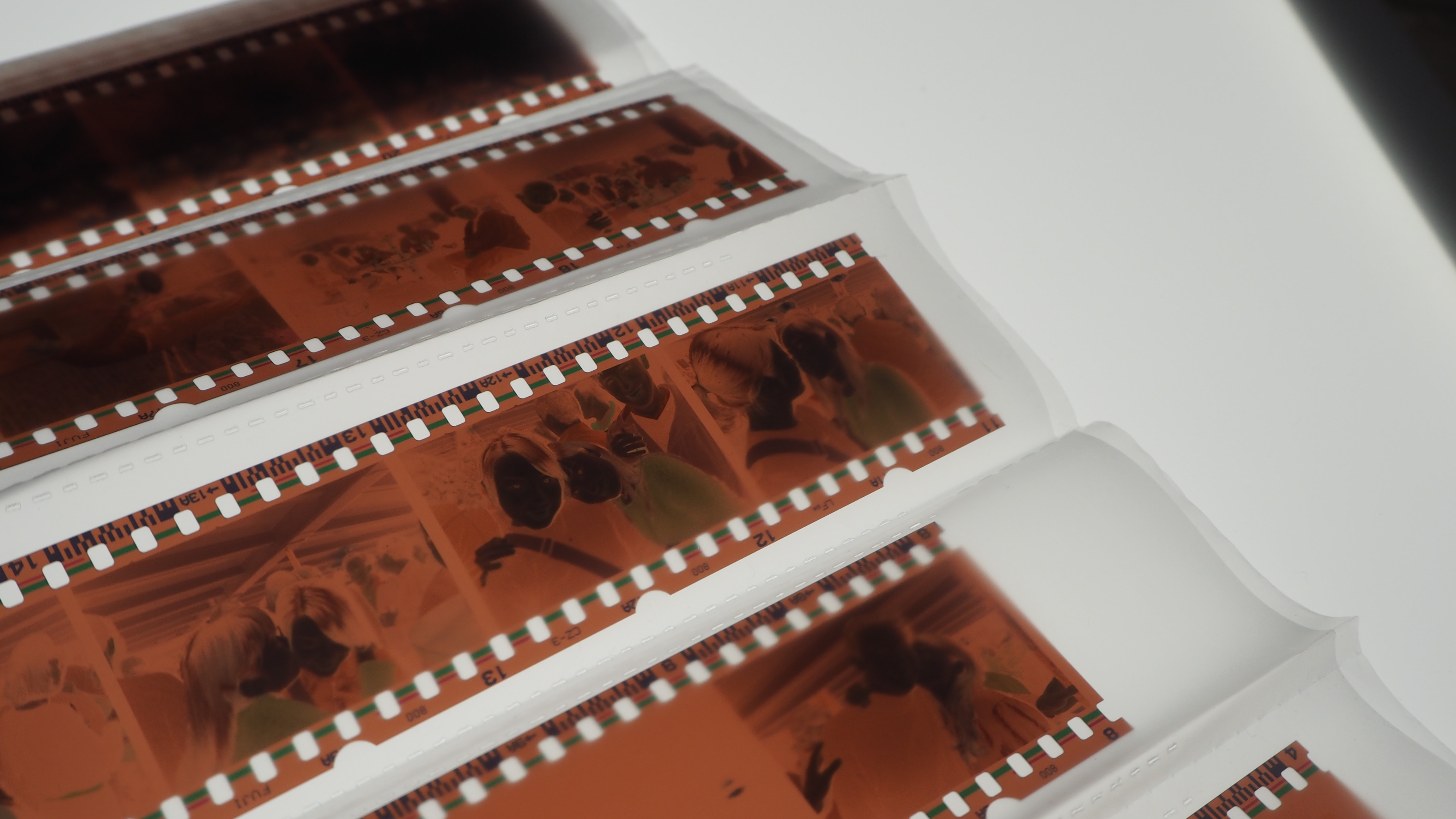
For the past few years, film photography has been everywhere. Vintage compact cameras soared in price, social media feeds were flooded with grainy frames and boutique labs popped up faster than you could finish a roll. It felt like film cameras were back for good – until, suddenly, it didn’t.
Lately, it seems like the buzz around film photography has quietened. The hype that once surrounded 35mm compacts and expired rolls has shifted towards something else entirely: retro digital cameras that mimic the look and feel of film, without any of the hassle or cost.
Cameras like the Fujifilm X Half and Nikon Zf have become the poster children of this new wave. They borrow from classic designs, embrace slower, more deliberate shooting styles, and bake in the nostalgic aesthetics people once turned to film for.
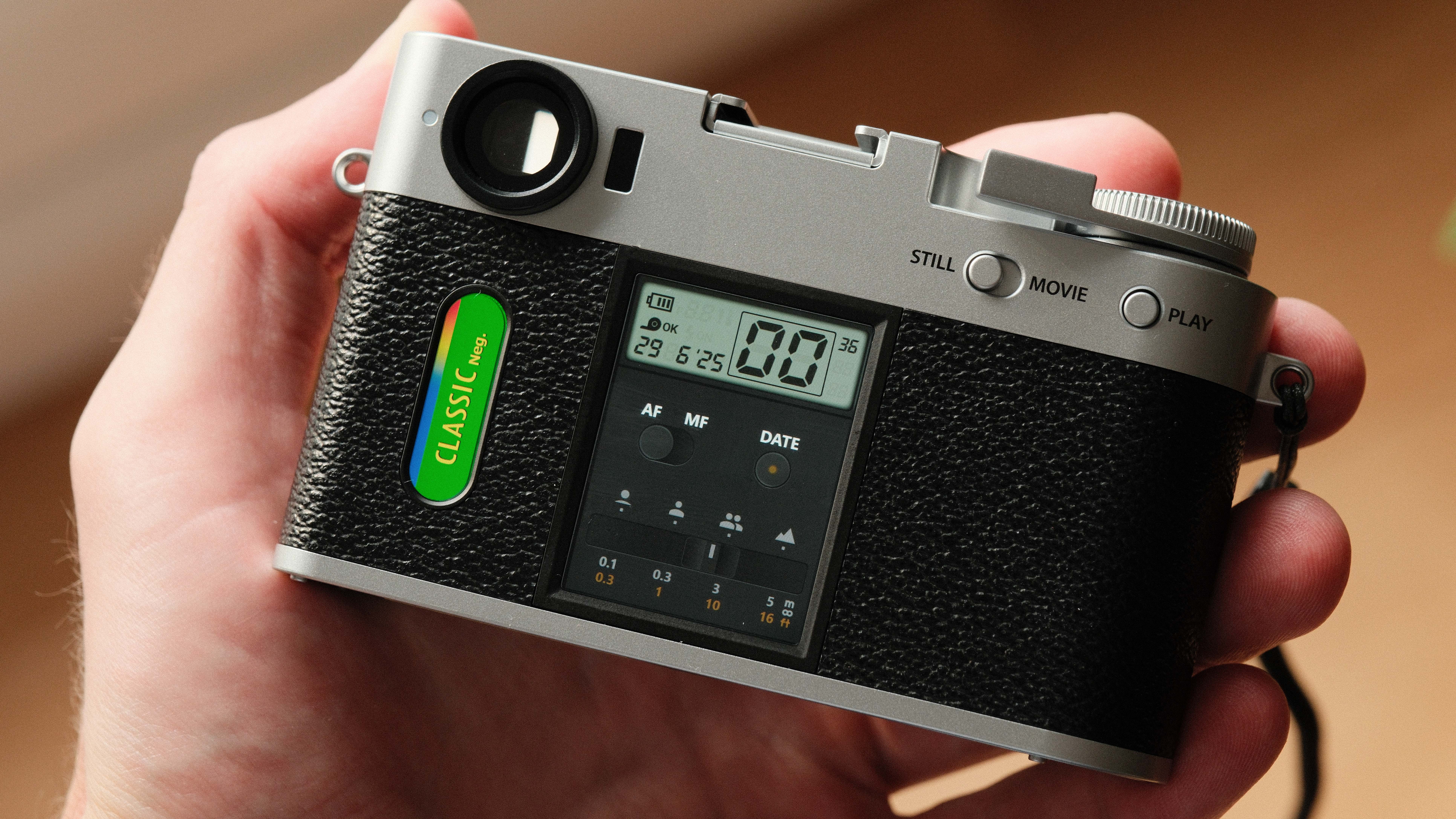
Personally, my relationship with film has shifted as well. With less time than I once had, I’ve almost entirely stopped shooting film unless a larger project specifically calls for it.
As a Fujifilm user, especially with the GFX system, I’ve found that I don’t miss much in the final image. The files are so flexible in post that, paired with Fujifilm’s film simulations, I can get remarkably close to the look I used to chase on film. In fact, once printed, I often have people assume the work was shot on film.
I recently wrote about the Fujifilm X Half, noting how it channels all the fun of a half-frame film camera without the price of film, development, or scanning. It’s hard to argue with that convenience. And that’s really the heart of it. The magic of film is still appealing, but fewer people seem willing to deal with its realities.
Of course, for many photographers film has never been a trend. It remains a tool, a medium through which they see and make work. That won’t change.
The best camera deals, reviews, product advice, and unmissable photography news, direct to your inbox!
But among casual adopters, the ones who picked up a point-and-shoot for the retro vibes and the aesthetic, digital seems to have taken over. Why wait days or weeks for scans when you can tweak a RAW or JPEG in five minutes and get a similar look?
Interestingly, while film photography may be losing ground among everyday shooters, Hollywood is leaning in. Major productions like Jurassic World: Rebirth, Sinners, and The Brutalist are embracing Kodak film stock to add texture and character to their visuals. In cinema, at least, film still signals prestige and intent.
Maybe that’s where we’re returning to in photography, too; film as a niche, a specialized choice, rather than a widespread movement. Who knows, perhaps DSLRs will soon be the next retro obsession. If that happens, I suppose I’ll have to accept I’ve officially gotten old!
you may also like
Check out our guides to the best retro cameras, or if you're still feeling nostalgic, the best film cameras.
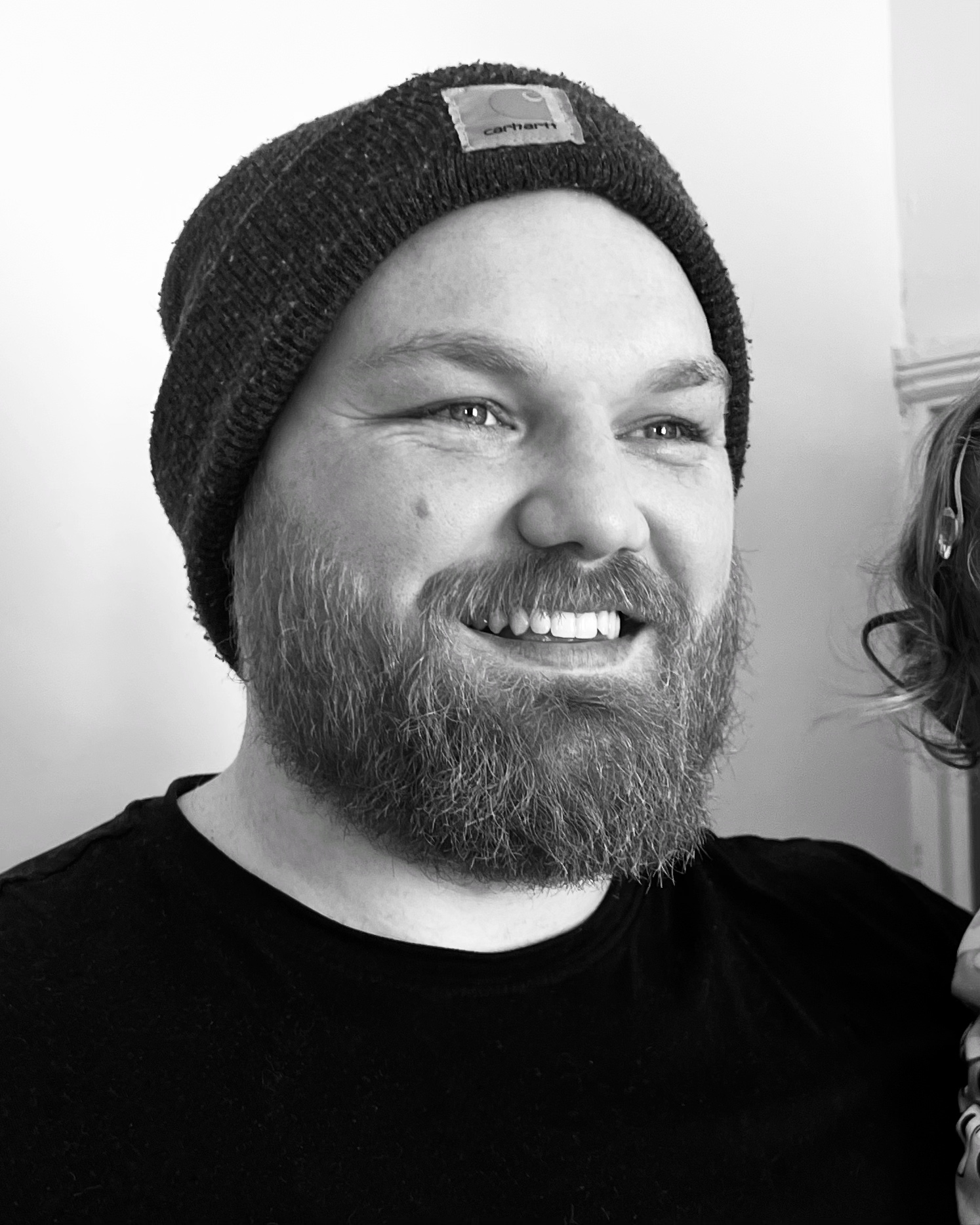
Kalum is a photographer, photo editor, and writer with over a decade of experience in visual storytelling. With a strong focus on photography books, curation, and editing, he blends a deep understanding of both contemporary and historical works.
Alongside his creative projects, Kalum writes about photography and filmmaking, interviewing industry professionals, showcasing emerging talent, and offering in-depth analysis of the art form. His work highlights the power of visual storytelling.
You must confirm your public display name before commenting
Please logout and then login again, you will then be prompted to enter your display name.
